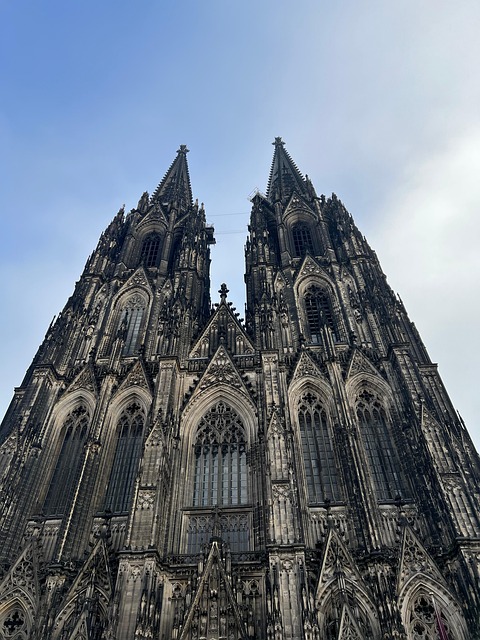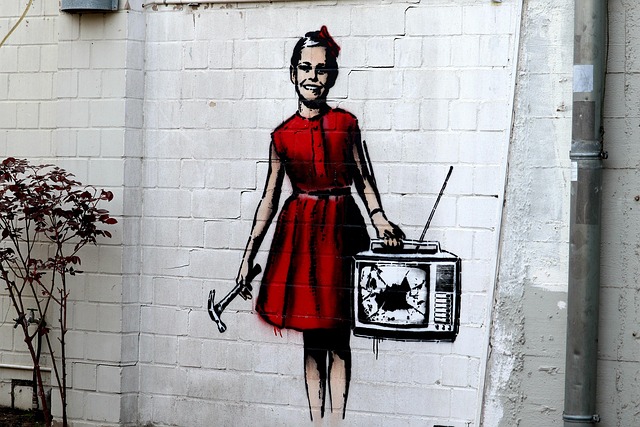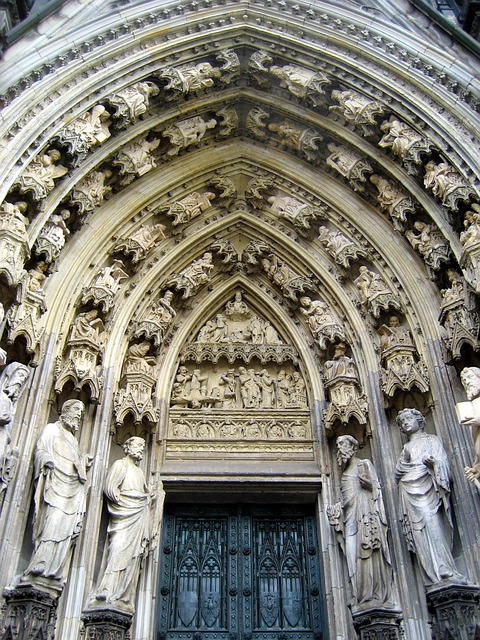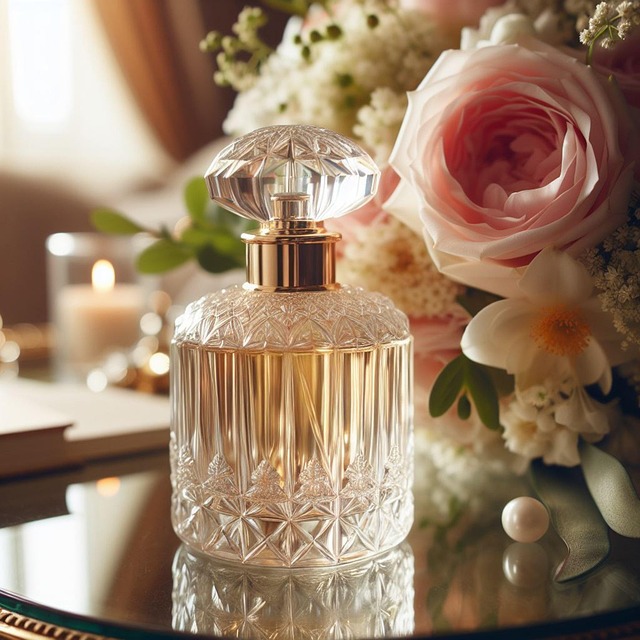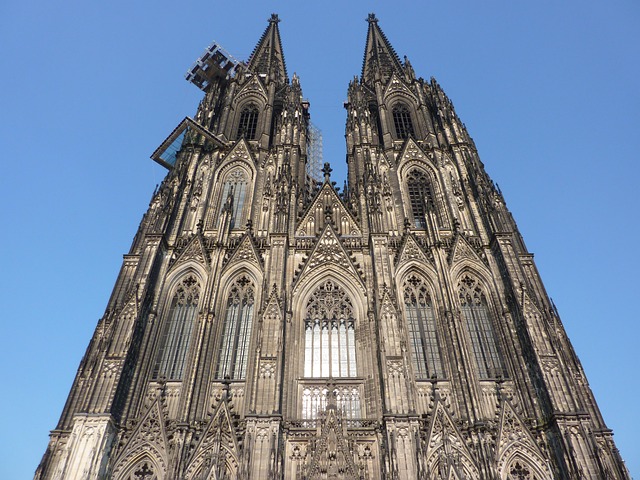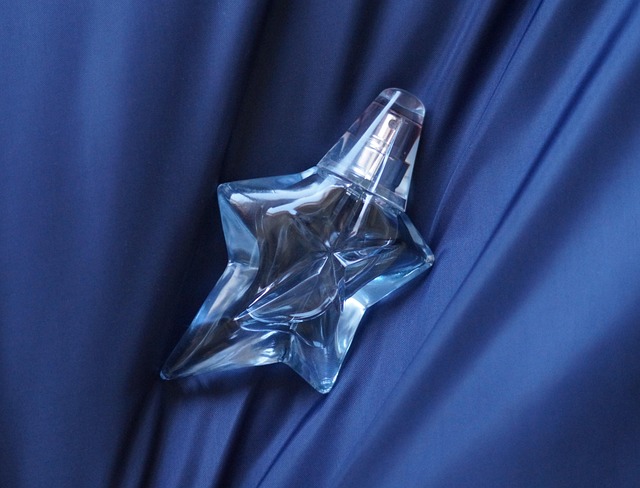Chanel Perfume's iconic and elaborate packaging, like the teardrop design of No. 5, is a testament to their craftsmanship and luxury positioning. Strategic aesthetics in Chanel perfume and cologne packaging evoke exclusivity, sophistication, and high quality, aligning with premium pricing expectations. These visual cues play a crucial role in shaping consumer perception of value in the competitive luxury goods market.
“Unveiling the intricate relationship between packaging and price point, this article explores how brand perception shapes customer expectations. We delve into the world of luxury, using Chanel perfume as a case study, to understand the psychological impact of sophisticated packaging design.
From understanding consumer psychology to setting the right expectations, we uncover effective strategies for brands to ensure their packaging communicates value. Learn how these tactics can influence purchasing decisions, especially in the premium market, where even subtle cues can make a significant difference.”
- Understanding the Perception of Value
- Chanel Perfume: A Luxury Brand's Packaging
- Psychological Impact of Packaging Design
- Price Point and Customer Expectations
- Effective Strategies for Reflecting Value
Understanding the Perception of Value
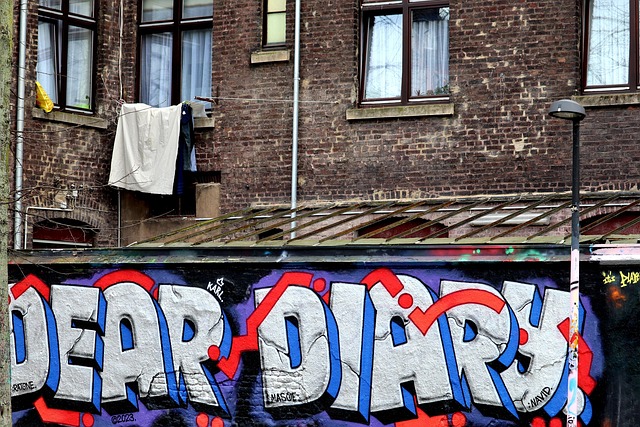
In the realm of consumer perception, packaging plays a pivotal role in shaping how customers view a product’s value, especially for premium items like Chanel Perfume or Chanel Cologne. The design, materials, and overall aesthetics of the packaging can subtly communicate the price point to potential buyers. For instance, elaborate and luxurious packaging might signal higher quality and, by extension, a more expensive offering.
This is particularly evident in the beauty industry, where fragrances like Chanel Perfume are often housed in elegant bottles with intricate details, reflecting their premium positioning. Conversely, simpler or more minimalist packaging could suggest affordability, even if the product inside is of high quality. Understanding this dynamic relationship between packaging and perceived value is crucial for brands aiming to position their products effectively in the market, ensuring that the external presentation aligns with the intended price point and customer expectations.
Chanel Perfume: A Luxury Brand's Packaging

Chanel, a name synonymous with luxury and elegance, is renowned for its exquisite packaging, especially when it comes to their perfume offerings. When we talk about Chanel Perfume, the first thing that strikes us is not just the scent but the lavish and sophisticated design of the bottle and its accompanying accessories. This brand has mastered the art of translating its high-end positioning into tangible, visually appealing packaging.
Each Chanel perfume is presented in a sleek, iconic glass bottle adorned with the signature Chanel logo. The attention to detail is remarkable—from the delicate curves of the bottle to the golden cap, every element contributes to the overall luxury experience. For instance, their popular Chanel No. 5 is known for its distinct teardrop-shaped flask, instantly recognizable and a symbol of refined taste. This level of craftsmanship not only appeals to the senses but also ensures that the packaging becomes an integral part of the overall brand image, reinforcing the perception of a premium price point for both the product and the experience it offers—a true testament to Chanel’s ability to create a luxurious brand identity through its packaging design, extending even to their Chanel Cologne collections.
Psychological Impact of Packaging Design

Packaging design plays a significant role in shaping consumer perceptions, especially when it comes to luxury goods like Chanel Perfume. The psychological impact of visually appealing and elaborate packaging can significantly influence how customers view the product’s value. High-end brands like Chanel often invest heavily in their packaging, using premium materials and intricate designs to convey exclusivity and sophistication. This strategic choice resonates with consumers who associate such detailed craftsmanship with superior quality and higher price points.
For instance, consider the iconic flacon of Chanel Perfume, which is more than just a container; it’s an art piece. This visual luxury subtly communicates that the product inside is exceptional, justifying its premium pricing. Similarly, for Chanel Cologne, the packaging design can evoke feelings of elegance and refinement, making consumers subconsciously associate these scents with a higher social status and consequently, a higher price range. The psychological connection between packaging aesthetics and perceived value underscores the importance of design in setting and reflecting the right price point for luxury brands like Chanel.
Price Point and Customer Expectations

In today’s market, customers often form their initial impression of a product based on its packaging, and this is especially true for luxury goods like Chanel Perfume. The price point plays a pivotal role in shaping customer expectations. When it comes to a brand like Chanel, renowned for its exquisite fragrances, the pricing strategy is typically premium. As such, consumers anticipate not just high-quality ingredients and exquisite scent profiles but also refined and elegant packaging that matches the brand’s status.
For instance, consider a bottle of Chanel Cologne, which often features sleek glass designs, gold accents, and minimalist labels. This aesthetic aligns with the brand’s luxury positioning, conveying sophistication and exclusivity. Customers who associate Chanel with opulence expect similar levels of refinement in the product’s presentation. Therefore, the packaging not only serves as a protective case for the fragrance but also as a visual representation of its value, fulfilling customer expectations of what a premium-priced item should look like.
Effective Strategies for Reflecting Value
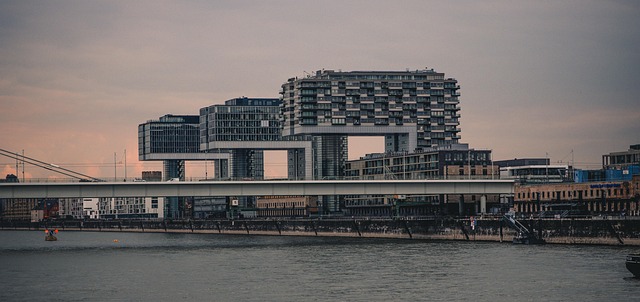
In the realm of luxury goods, where perception plays a significant role, the packaging serves as a powerful tool to convey value. When it comes to iconic brands like Chanel, the external appearance of products can significantly influence how consumers perceive their worth. For instance, a Chanel perfume bottle, with its elegant design and premium materials, instantly communicates exclusivity and high-end pricing. This visual cue is a strategic move by the brand to align the product’s physical form with its perceived value.
Effective strategies for reflecting value through packaging include using high-quality materials that feel luxurious in hand, incorporating intricate details and finishes, and adopting unique shapes or designs that stand out on retail shelves. For Chanel Perfume, this might involve delicate engravings or embellishments that hint at craftsmanship. Even the choice of color can evoke emotions; rich, deep hues often associate with luxury. Similarly, for Chanel Cologne, a minimalist yet sophisticated packaging design could appeal to those who appreciate subtlety and quality, ensuring the product’s price point is communicated effectively without being overly overt.
